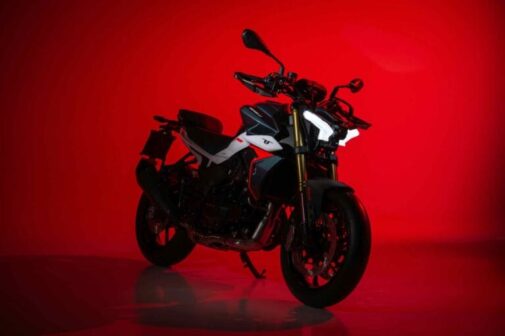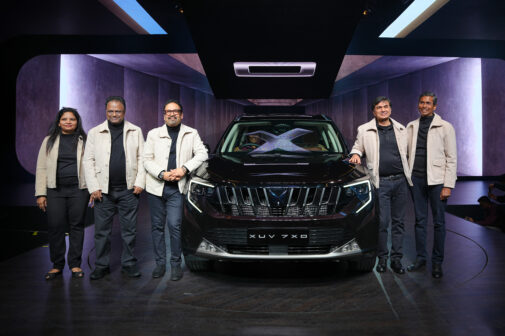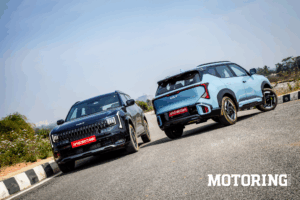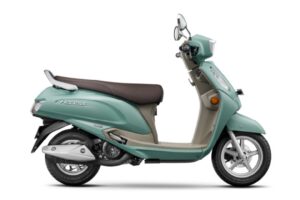Nostalgia is one of the stronger feelings in the assortment of human emotions, and for good reason, too. A longing feeling for the past when things seemed better, easier, and more fun. But is it, actually? Or are the good ol’ days just a romanticisation of simpler times meant to ease the discomfort of change? I am nostalgic about a number of things, the bulk of which I shall not bore you with, but the one thing that I really feel strongly about is old motorcycles. That does not immediately imply that I loathe all things new and shiny; I just prefer the classy old stuff. It is just the way my brain is wired.

To help give you a clearer picture, I decided to take the Yamaha YZF-R3 and see how it measured up against the iconic Yamaha TZR250. Three decades should be a good enough time period for nostalgia to sit and gestate, right? Anyway, the first thing that went through my mind when I saw the two machines in the same frame was how stunning the TZR250 looked. It might be possible to lose sight of the R3 in a crowd, but not the TZR; it is too beautiful to even take your eyes off. What makes it even more special is the fact that this is the parallel twin reverse-cylinder version with an upside-down fork!
With elements inspired by Yamaha’s illustrious racing heritage, coupled with engineering prowess that can still hold its own against the modern motorcycles of today, it is a two-stroke for the ages, and what a beauty to behold. About the R3, I hold nothing against the screaming 180-degree twin, and it still embodies a typical Japanese balance of dependability and ferocity, but you can be sure that I’ll roll off the throttle just to hear the TZR more clearly as it hurtles on by in a cloud of blue smoke, sounding like a swarm of bees.

Looking at the difference in the design language of the two motorcycles, I can’t help but wonder why the boxy rear cowl that housed the twin exhaust end cans was ever phased out. What we get now are the tail ends that taper to a point and stubby exhaust canisters that burble gleefully in between the screams. In the pursuit of a sharper, more aerodynamic look, they seem to have forgotten how enticing well-endowed curves can be.




Upon closer examination, we can see the way Yamaha engineers seem to have pulled a move out of Tetris, fitting the multiple components of the TZR neatly into the various usable nooks and crannies while maintaining a seamless look on the outside. Making figures of around 48.8 bhp of power and 3.6 kgm of peak torque (two-stroke supremacy), on paper it is already more powerful than the R3, which pushes out performance figures of 41.4 bhp and 3 kgm of peak torque, courtesy of the stringent emission norms that have constricted performance, albeit by a small margin.




As we zoomed around town, tucked into a crouch behind the clip-ons, I couldn’t help but notice the number of heads that turned for the sight of the TZR and the ears that perked up to the sound of the R3. The TZR was unfortunately never sold in India, and the model you see here is an import, courtesy of our dear friend Yogi Chhabria. In that way, the R3 is also technically an import, manufactured in Indonesia and brought to India by Yamaha through the CBU route, much to the dismay of a lot of potential buyers.

Talking about the similarities between the two motorcycles, there are a few distinct characteristics and quirks they share, especially in terms of pure riding pleasure. Both motorcycles handle really well, with the chassis of the TZR being a work of art. The combination of good handling and reliable power means that it can keep up with a decent amount of speed. The rpm dial on the TZR only has readings from 3000 rpm onwards; it’s a little cheeky, but I like it. It is as if Yamaha knew that riders would be tempted to keep the throttle pinned anyway; hence, why bother at all with the lower range? What about the R3, you ask? Well, it doesn’t get a lot of the features that are offered on most motorcycles in its range, but you probably won’t miss them while having a blast riding the motorcycle.

You see, over the years, a lot of things have changed in terms of design, performance, components, and so on, but one thing that remains constant is the dedication to making riding a motorcycle enjoyable, or in this case, making an enjoyable motorcycle. The thrill of two wheels is very much alive and kicking, and that very spirit has been passed down from bikes like the TZR250 all the way to the YZF-R3. I wouldn’t say that they’re exactly comparable, considering that they’re two very different motorcycles, but they sure have a similar aura about them that ties them together. Maybe in another three decades, someone will remember the R3 with the same fondness as I view the TZR now. Till then, I know which one I would pick.

















